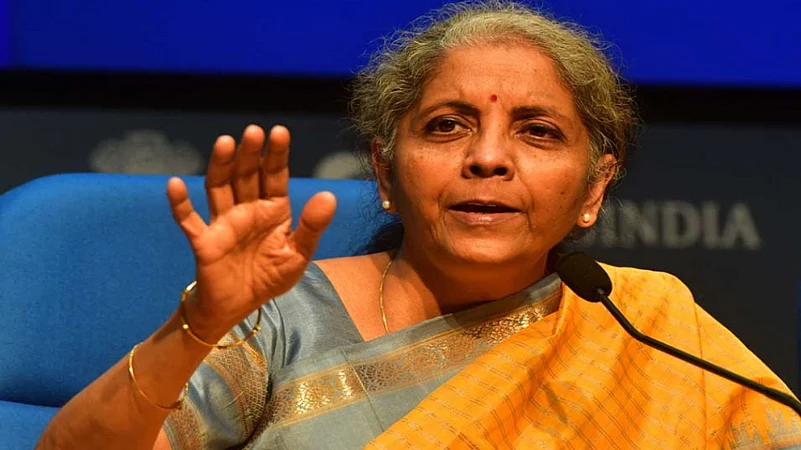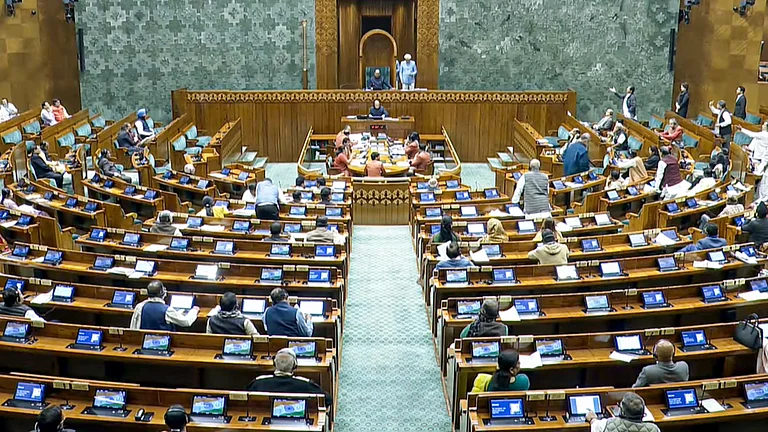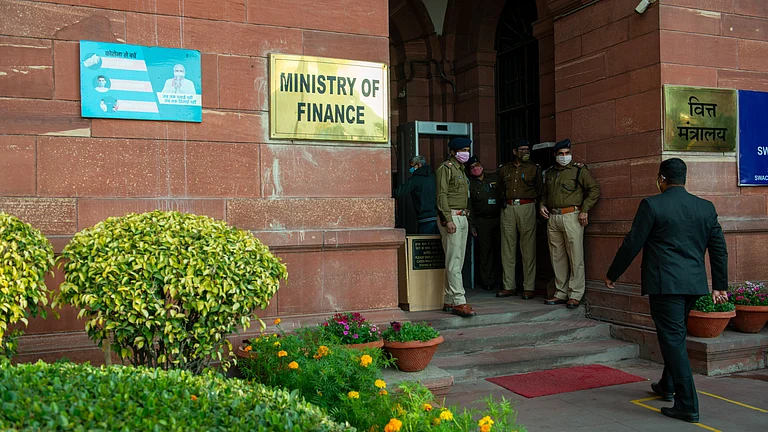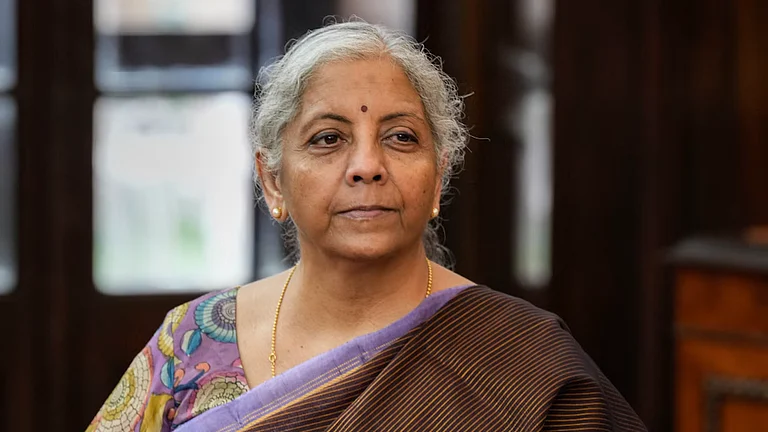Union Minister of Finance Nirmala Sitharaman announced the construction of 30 million houses under the Pradhan Mantri Awas Yojana in her Budget Speech for FY 2024-25 on July 23, 2024, adding that necessary allocations are being made for the same.
“Under PMAY 2.0 housing needs of 10 million of urban poor and middle class families will be addressed with an investment of Rs 10 lakh crore. This will include the central assistance of Rs 2.2 lakh crore in the next five years. A provision of interest subsidy to facilitate loans at affordable rates is also envisaged. In addition enabling policies and regulations for efficient and transparent rental housing, transparent rental housing markets with enhanced availability will also be put in place,” she told Parliament in her Budget Speech.
Pradhan Mantri Away Yojana
A total of 42.10 million houses have been completed for eligible poor families under PMAY in the last 10 years. As of April-end 2024, PMAY provided affordable housing for rural and urban populations, with approximately 11.86 million homes sanctioned under PMAY (Urban) scheme and 29.48 million homes under PMAY (Gramin) scheme till date. The Cabinet had earlier decided to expand PMAY further and construct 30 million additional rural and urban houses.
Previously, in the Interim budget in February 2024, Sitharaman had announced the construction of 20 million more houses under the scheme in the next five years.
“Land related reforms and actions both in the rural and urban areas will cover land administration, planning and management, and urban planning usage and building byroads. This will be incentivised for completion within the next three years through appropriate fiscal supports. Rural land related action will include assignment of unique land parcel identification number, UL Pin or Bhu- Aadhar for all lands, digitalisation of cadastral maps,” she said.
All houses constructed under PMAY are provided with basic amenities, such as household toilets, LPG connections, electricity connections, and functional household tap connections through convergence with other schemes of the central and respective state governments.






























